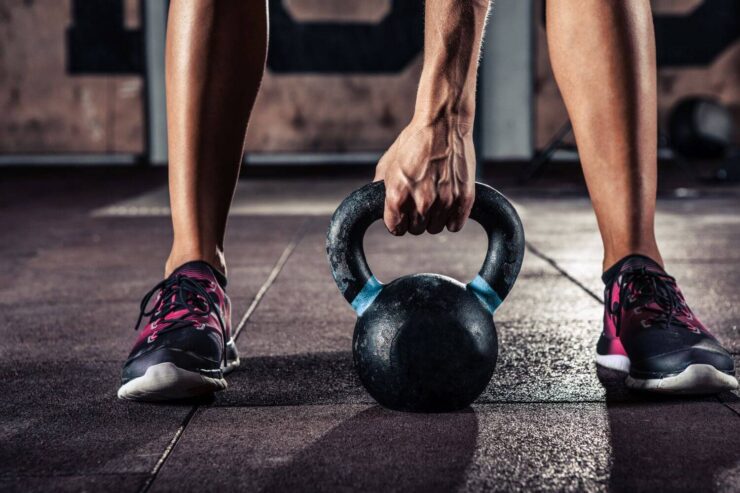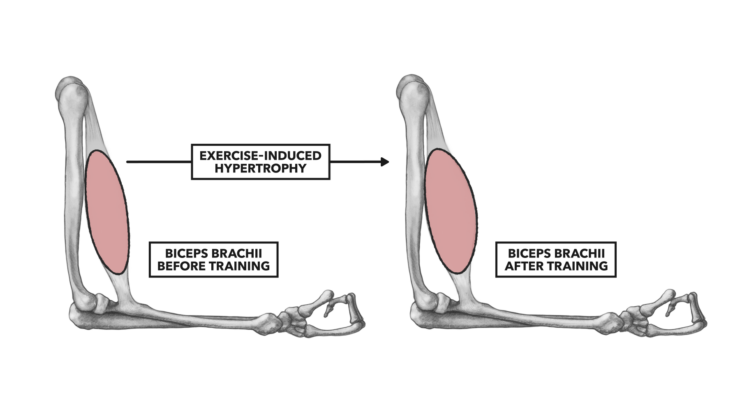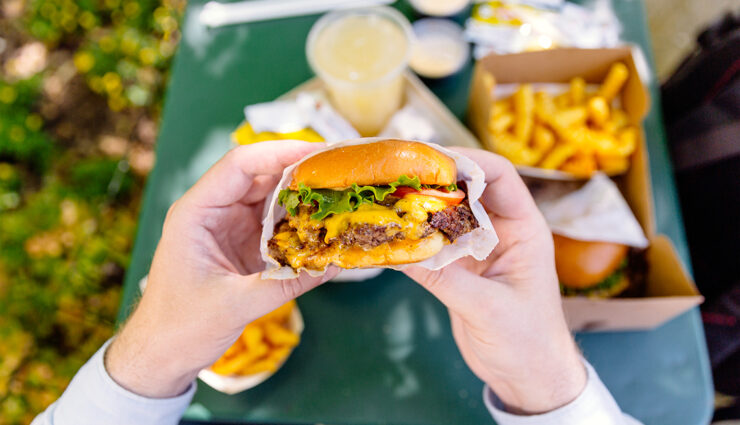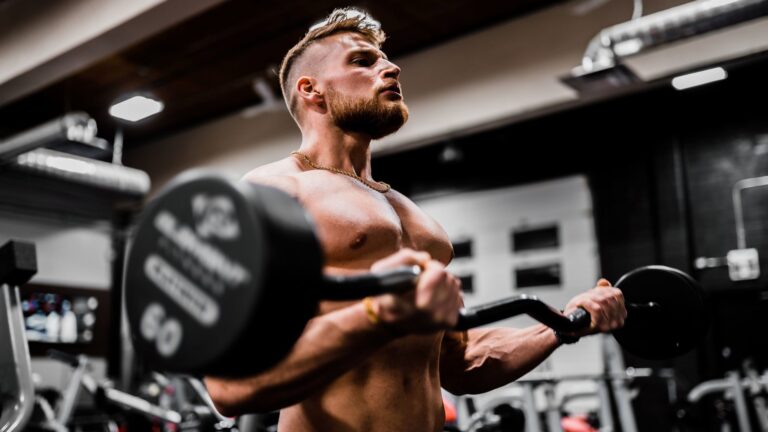Have you been training for months, but your muscles are still the same size as the day one? Even though you are adding more weight, but still unable to see any progress? Well if that’s the case then you are not alone. Many people face this problem during their training and eventually stop training.
If you are wondering if the training is a hoax, then it’s not the case. And no you are not doing the exercises wrong or lifting fewer weights. The only problem is that you may not have an understanding of strength training and hypertrophy. In that case, you must be scratching your head and wondering what we are talking about!
Stop fretting, as we are going to explain the difference between the two terms and eventually help you understand how you can gain both mass and strength!

Primary Ways to Produce Gains in Strength Training
When we do strength training there are two possible ways in which our body can produce gains, which are:
1. Neural Adaptations:
This results in improved and efficient motor recruiting units while using the muscular mass that you already have. It is what happens if you are only getting stronger and not bigger, and hence the name Neural adaptations.
2. Muscular Hypertrophy:
The other case is where the actual strength plus gain occurs. The muscular hypotrophy produces gains in the cross-sectional muscular area. Here the muscles don’t actively use the current muscle mass but rather produce more.

What You are Doing Wrong and Its Solution?
Don’t panic! There’s nothing that you have been doing wrong. It’s just that you need to change your approach. Here are the possible problems and the solutions that will help you get stronger without compromising the mass gains:
-
Heavy Weightlifting without Volume:
When you train with heavy weights it means that you are focusing on strength training rather than muscle growth (hypertrophy). To gain strength as well as mass, you need to fully activate your entire muscle group. Yes, when you train with light weights you require more reps. And while many find it useless, light lifting with more reps is more effective. The last 5 or so reps of a light weight lifting, also called “effective reps” produces more muscle growth as compared to heavy weightlifting.
In 2016 a group of researchers studied the difference between training for strength and hypertrophy. They observed two groups of people: group A was asked to lift lightweight with more reps, while group B was lifting heavy weights with fewer reps. At the end of the study, group A showed twice the muscle growth as compared to group B.
So instead of lifting heavy weights switch to lighter weights but increase your rep range. If you are doing 3 reps, start doing 6 or 7 reps. And you will notice the change in your mass.

-
Artificial Strength Gains:
It may sound absurd to read at first, but it’s an actual cause. Artificial strength gain means, doing any or all of the following:
- Recruiting other muscles to help you out
- Using less range of motion
- Performing your reps faster
- Incorporating more momentum
Again, no matter how many heavyweights you lift, you are cheating yourself to get to the finishing line. And the reason you haven’t been able to understand this problem is that artificial strength gains are difficult to catch. You can notice big changes in your muscle mass by just paying a little more attention to your form.
-
Still Stuck on Neural Adaptions:
People who expect quick results must understand that first 8 to 12 weeks, you will not see any progress. It’s not because your muscles are already bigger but because of neurological adaptions. Once you maxed it out, you will not only see improvement in your strength but your muscles will also get bigger. It is one of the reasons why fitness experts ask you to stay consistent.

-
Inadequate Diet:
One of the biggest problems with bodybuilders who only get stronger and not bigger is a caloric deficiency. Unlike other trainers, bodybuilders require to consume more calories. As per the results of a 2011 study, when the calorie intake of well-trained participants was reduced by 30% there will be no muscle gain after the 6th week. However, their strength was still amping. You simply need to increase your calorie intake, but only by 10 to 30%.
Now you know why you have been only getting stronger and not bigger. Take a look into your training routine and weed out all the wrongs that you have been doing. Wait for at least 6 to 8 weeks to notice a real change. The game-changer in fitness training is your consistency and determination!

